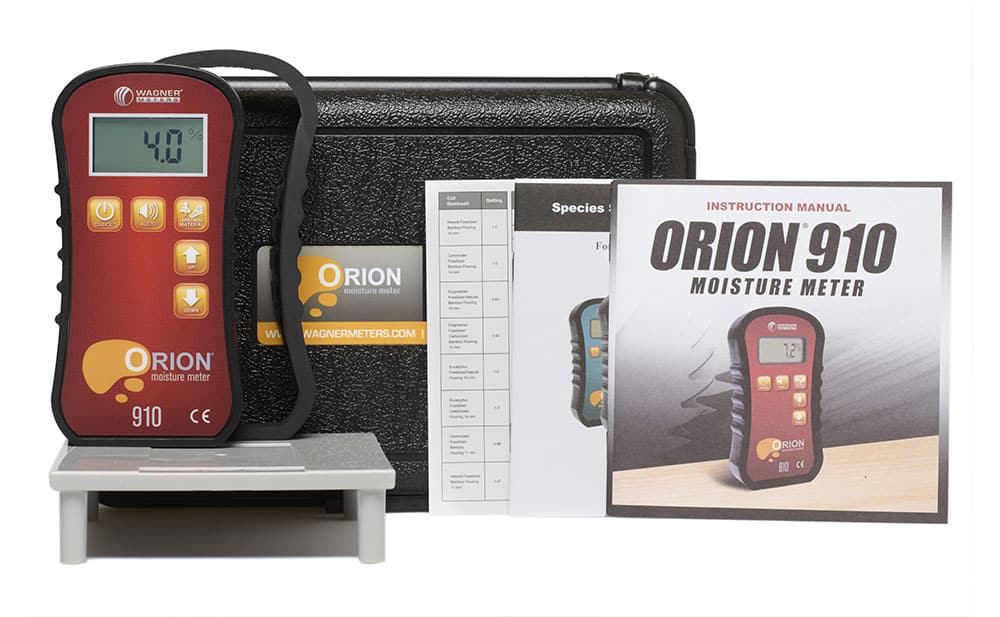The Ultimate Guide to Picking the Right Moisture Meter for Your Requirements
The Ultimate Guide to Picking the Right Moisture Meter for Your Requirements
Blog Article
Delve Into the Globe of Moisture Meters: Every Little Thing You Need to Know
In the world of moisture meters lies a globe of accuracy and functionality that commonly goes undetected. These gadgets, while relatively simple, hold a wealth of details that can dramatically affect various markets and applications. Comprehending exactly how moisture meters run, the various types offered, and their diverse uses can clarify their relevance in guaranteeing quality and efficiency. By discovering the details of dampness meters, one can reveal a beneficial device that transcends plain dimension, using insights that can make a substantial distinction in countless areas.
Just How Moisture Meters Work
Moisture meters operate by gauging the electric conductivity or capacitance of products to determine the wetness material existing. These meters are vital devices throughout different markets, including woodworking, building and construction, and agriculture. By making use of different approaches such as pinless or pin-type modern technology, dampness meters give accurate readings that help professionals make educated decisions.
Pin-type wetness meters work by inserting the sharp pins right into the material being checked. On the other hand, pinless wetness meters use electromagnetic signals to scan a larger location without causing any damage to the product's surface area.
Despite the method utilized, wetness meters play an important duty in avoiding issues such as mold development, architectural damages, or product problems brought on by excess dampness. Comprehending exactly how these meters job is crucial for making certain the high quality and honesty of products in different applications.
Kinds Of Moisture Meters
Provided the essential role dampness meters play in various industries, it is vital to recognize the various types available to specialists for precisely evaluating wetness levels - Moisture Meter. There are largely two main kinds of moisture meters: pinless and pin-type wetness meters

On the other hand, pinless moisture meters make use of electromagnetic sensor plates to scan a larger location of the material without causing any kind of damage. This type appropriates for rapidly scanning large areas and is frequently utilized for floor covering, wall surfaces, and ceilings. Pinless meters are practical for taking readings on finished surfaces without leaving any noticeable marks.
Both sorts of wetness meters have their advantages and are chosen based upon the certain requirements of the task available. Comprehending the distinctions between these kinds is essential for experts to make exact dampness assessments.
Applications Across Industries
Building and construction professionals rely on wetness meters to analyze the dampness levels in structure materials like timber, concrete, and drywall, which is important for keeping structural honesty and protecting against concerns like rot or mold. The floor covering market uses moisture meters to gauge the wetness web content in subfloors prior to installing numerous flooring coverings, avoiding costly problems due to excess dampness. In the food industry, dampness meters are made use of to keep track of and manage moisture levels in items such as grains, nuts, and dried out fruits to preserve quality and high quality.
Tips for Utilizing Moisture Meters
Utilize the moisture meter's calibration settings to ensure exact readings when determining the moisture content in various materials. Calibration is vital for the correct performance of a wetness meter. Before each use, it is suggested to check and readjust the calibration settings according to the specific product being tested. Additionally, make certain the meter is readied to the right wetness variety for the material you are gauging to get the most specific outcomes.
When using a pin-type moisture meter, put the pins to the proper depth suggested for the product being checked. This ensures that the moisture readings are drawn from the right deepness within the product, offering a much more exact representation of its dampness content. For pinless wetness meters, keep in mind to maintain correct call with the product's surface to get dependable readings.
Routinely check and change the batteries in your wetness meter to avoid incorrect analyses as a result of reduced power. Store the meter in a completely dry and risk-free location when not being used to lengthen its lifespan and keep its accuracy. By following these pointers, you can make the most of the efficiency of your wetness meter and acquire specific dampness web content measurements throughout various products.
Upkeep and Calibration
To guarantee the precision of moisture content measurements, normal upkeep and calibration of the wetness meter are important action in its appropriate functioning. Upkeep entails keeping the moisture meter free and tidy from debris that can affect its analyses. It is great site essential to adhere to the manufacturer's guidelines for cleaning up to stop damages to the device. Additionally, normal calibration is necessary to verify the precision of the analyses. Calibration changes the moisture meter to make certain that it supplies consistent and trusted results.
Calibration ought to be executed occasionally, especially if the moisture meter is used frequently or in essential applications where accurate measurements are needed. Numerous wetness meters include calibration devices or can be adjusted by specialist solutions. Moisture Meter. It is advised to maintain look these up a log of calibration dates and results to track the performance of the dampness meter over time. By maintaining and adjusting the wetness meter frequently, users can rely on the precision of the dampness content dimensions gotten.
Verdict

Finally, wetness meters play an essential duty in various sectors by precisely measuring the wetness material of materials. Comprehending how these tools work, the different kinds available, and proper maintenance and calibration are important for getting reputable outcomes. Whether in agriculture, building, or production, the usage of dampness meters aids make certain quality assurance and efficiency in processes.

In verdict, dampness meters play an essential role in numerous markets by precisely gauging the dampness content of products.
Report this page